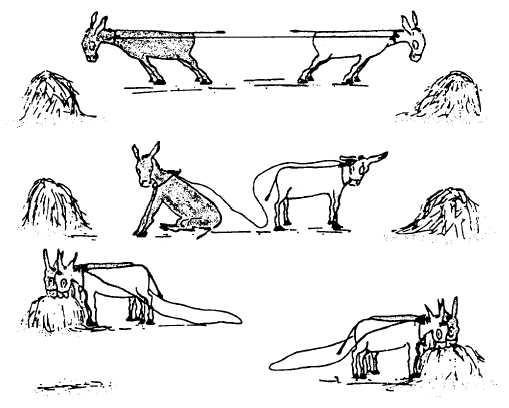| |
see that working as a member of a team improves the
effectiveness and productivity of the contact point.
DEVELOPING CONFIDENCE
Confidence is that quality that enables us to make
decisions or to take actions without the constant fear that
we might be wrong. It doesn’t rule out mistakes, but we
are less likely to make them when our evaluation of facts
is not muddled by nagging doubts. Confidence also
enables us to face a mistake, admit it, correct it, and
then go on to the next job with the assurance that we
can handle it. When team members develop confidence
in their abilities, they become willing to help their
teammates as well as the customers. Team members
working together is what teamwork is all about.
BENEFITING FROM MISTAKES
You benefit from incorrect decisions and actions if
you learn how to avoid repeating your mistakes. Many
supervisors recognize that when they say, “I don’t
condemn mistakes as long as you don’t continue to make
them.” When team members recognize the con-
sequences of a mistake, they are less likely to repeat the
same mistake. Therefore, a mistake, discovered and
corrected, helps to improve teamwork.
When an assistant burned out the filament of an
experimental light bulb by applying too heavy a charge
of electricity, Thomas Edison remarked, “Don’t call it a
mistake; call it an education.” Adopting this positive
attitude enables us to obtain the maximum value—for
the customer and for ourselves—from our work.
MAKING A PERSONAL INVENTORY
Now that you have completed reading this manual,
you probably have been able to relate some of the
situations to experiences you have had. Have you also
tried to find similarities between the attitudes that you
possess and those shown in the examples and
discussions?
The questions that follow have been adapted from
the checklist used in chapter 2; use them to make a
personal inventory of your skills as a contact point
representative:
Do I present a good personal appearance at the
contact point?
Am I familiar with all the responsibilities of my
rating?
Am I competent to manage all the responsibilities
of my current assignment?
4-12
|

